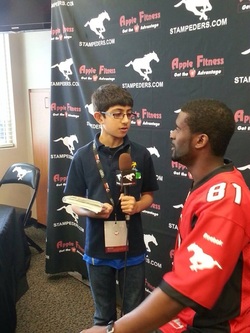
This mentorship has fuelled our students’ enthusiasm to learn, explore, and grow. They have grilled a World Champion to consider the impact of friction on his bicycle, inspired an impromptu lesson on aerodynamics from an Olympic gold medalist, and challenged a CFL receiver to describe how physics influences his strategy. Others have connected by taking up knitting to demonstrate perseverance or by interpreting principles of of human kinetics through the arts.
The impact on others has been less explicit, but by no means less valuable. The language of fair play has become engrained in their values. Reflecting on their mentor’s experiences will encourage the use of a new strategy rather than giving up when encountering an academic challenge. Some now live the continual cycle of goal (re)setting after witnessing its importance to someone they admire.
A role model is powerful. Seeing that person discover, commit to, and pursue their passion can be everything.
These moments of learning and personal connection always serve to remind us of the power of a relationship and how any small interaction can be a pivotal moment in a shaping the narrative of student experience.
Not all of our students will become scientists – fewer will pursue professional athletics – but we will endeavor to empower each to ask questions, take risks, and pursue their passions, in whatever form that might take.
C. Ware (@shelware) & E. McCrady (@elainemccrady) are passionate Gr. 5 team teachers who won’t stop exploring & are science nerds at heart.
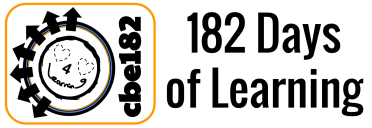
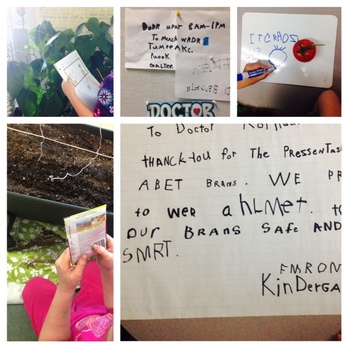
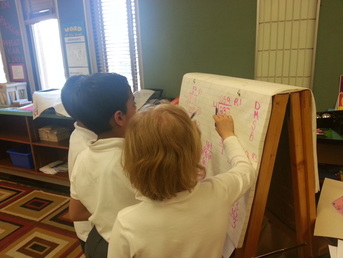
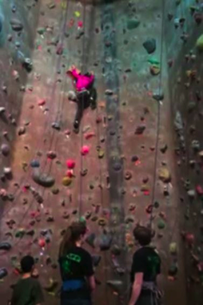
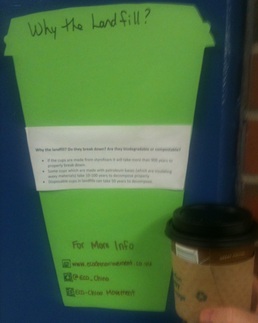
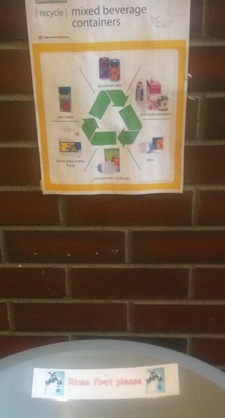
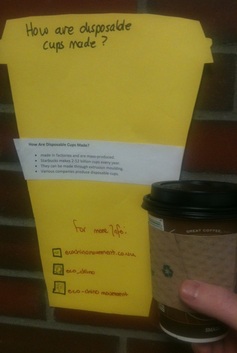
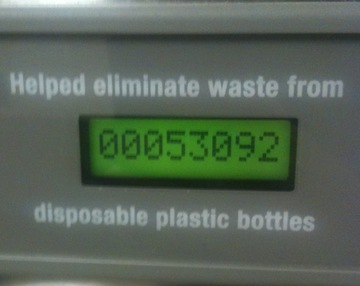
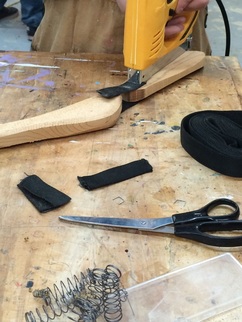
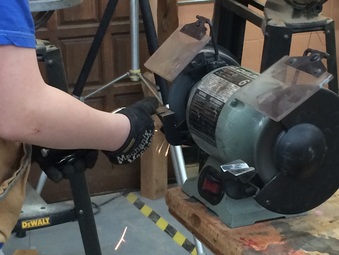
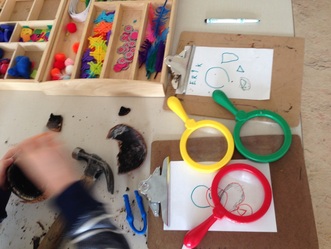
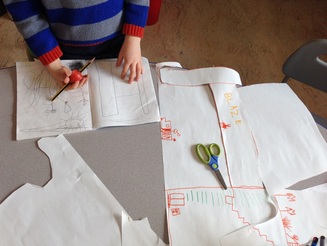
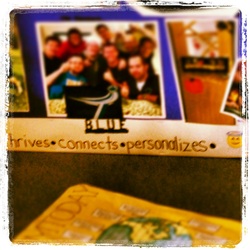

 RSS Feed
RSS Feed
